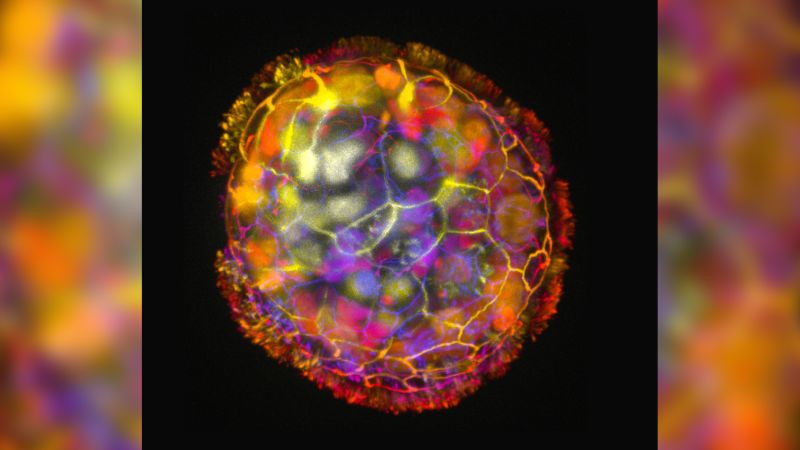- cross-posted to:
- science@beehaw.org
- cross-posted to:
- science@beehaw.org
“robots” engendered from human trachea cells have shown surprising behavior in their ability to self-assemble, move, and “heal” damaged neurons.
Hypothesis: Humans are actually malfunctioning Von Neumann machines.
Counter Hypothesis: Humans are actually functioning Von Neumann machines programmed by a moron.
To quote Randall Munroe, “We are sexy, sexy von Neumann machines.”
How do you know they are malfunctioning? Timeline could be 1 million years before project has to report back.
I to, from the title, thought it was saying cells were making the machines. It looks actually more interesting as its about them making machines from cells for practical functions like repairing damage.
Flesh making the machines? Preposterous!
Resistance is futile. One step closer to nano probes.
Nano probes will be a lot more comfortable than the big fuckers the aliens are using today.
Hey, as long as they keep inspiring homophobic hicks to question their perspectives, I’m just fine with their reasons.
What could possibly go wrong? 🤪
I understand it depends on the definition, but I feel like using the word robot for something created from living cells is a bit of a stretch.
I disagree. The term is used for physical machines and software machines, why not living cell machines?
It’s the overall mechanics that make a robot, not the constructive material.
I’m aware of the depandence on definition.
deleted by creator
I don’t know. The cybernetic part is just not prominent enough for me. It just makes me feel like they want to mask the fact that they’re using living organisms to make their experiments seem more appealing and less body horror.
This is the best summary I could come up with:
Scientists have created tiny living robots from human cells that can move around in a lab dish and may one day be able to help heal wounds or damaged tissue, according to a new study.
The research builds on earlier work from some of the same scientists, who made the first living robots, or xenobots, from stem cells sourced from embryos of the African clawed frog (Xenopus laevis).
“Some people thought that the features of the xenobots relied a lot on the fact that they are embryonic and amphibian,” said study author Michael Levin, Vannevar Bush professor of biology at Tufts’ School of Arts & Sciences.
Gumuskaya experimented with the chemical composition of the tracheal cells’ growth conditions and found a way to encourage the cilia to face outward on the organoids.
To see whether such applications might be possible, researchers examined whether the anthrobots were able to move over human neurons grown in a lab dish that had been “scratched” to mimic damage.
They were surprised to see the anthrobots encouraged growth to the damaged region of the neurons, although the researchers don’t yet understand the healing mechanism, the study noted.
The original article contains 853 words, the summary contains 192 words. Saved 77%. I’m a bot and I’m open source!
So this is how humanity will destroy itself? Tiny killer robots?
I read it as “living-room robots” and was intrigued - were they doing work for me like cleaning and I wasn’t aware? 🤦♂️
deleted by creator
Removed by mod








